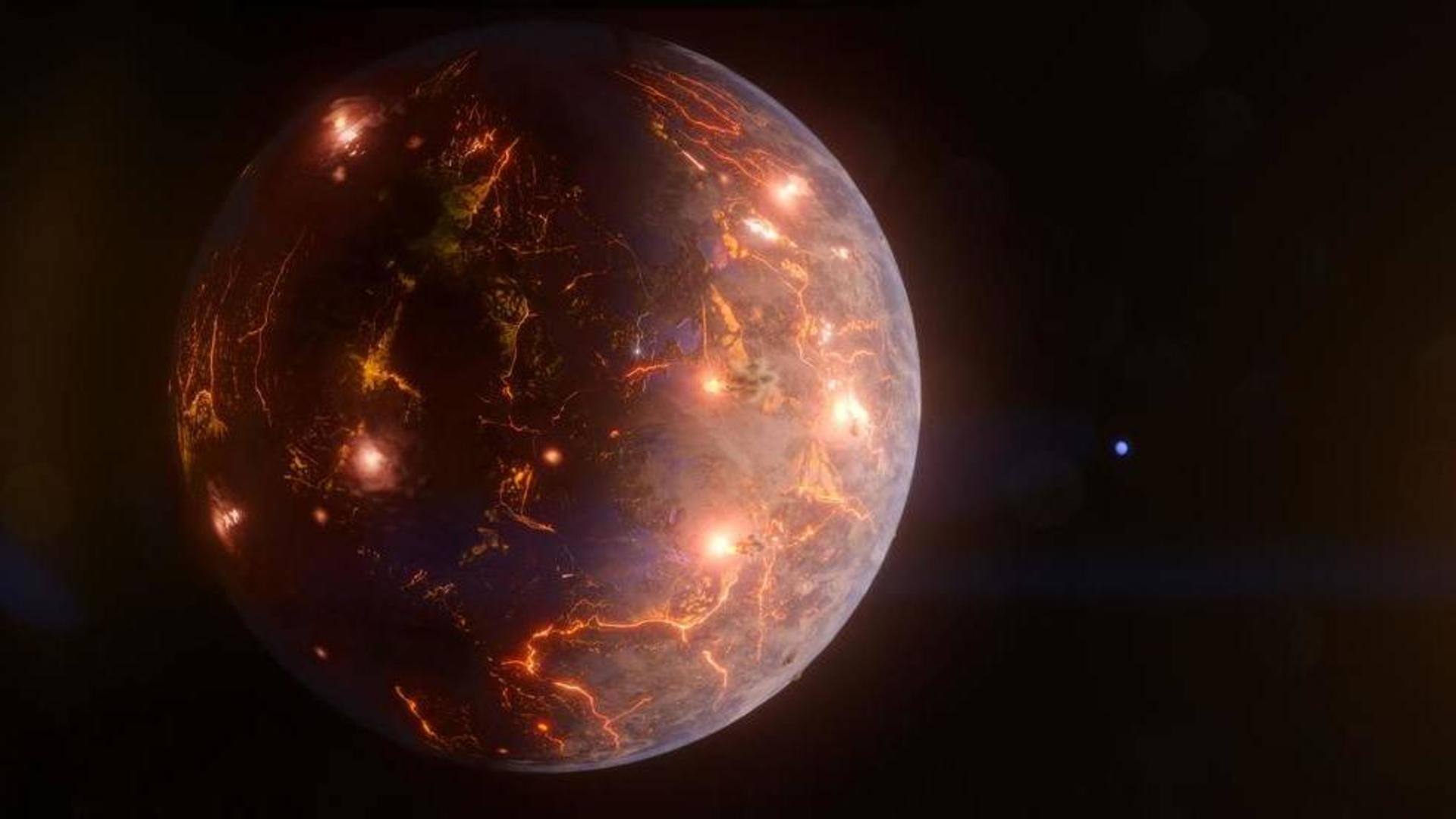
Astronomers discover a volcano-covered exoplanet that may have atmosphere
What's the story
Researchers have discovered an Earth-size exoplanet, beyond our solar system, that could be teeming with volcanoes. Interestingly, considering the amount of volcanism that could take place on the exoplanet, scientists think the alien world might "sustain an atmosphere." The exoplanet, dubbed LP 791-18 d, was discovered based on data from NASA's TESS (Transiting Exoplanet Survey Satellite), the now-retired Spitzer Space Telescope, and ground-based observatories.
Exoplanet
Exoplanet LP 791-18 d lies in the southern constellation Crater
The exoplanet LP 791-18 d orbits a small red dwarf star—the most abundant type of star in the universe. Astronomers think the exoplanet is "only slightly larger and more massive than Earth." It lies about 90 light-years away in the southern constellation Crater. The exoplanet could be hosting as much volcanic activity as Jupiter's moon Io, the most volcanically-active body in the solar system.
Official words
The same side of the exoplanet constantly faces its star
"LP 791-18 d is tidally locked, which means the same side constantly faces its star," said Bjorn Benneke, an astronomy professor. "The day side would probably be too hot for liquid water to exist on the surface. But the amount of volcanic activity we suspect occurs all over the planet could sustain an atmosphere, which may allow water to condense on the night side."
Atmosphere
The exoplanet lies at a habitable distance from its star
The newly discovered exoplanet lies within a habitable distance from its star where scientists think liquid water could exist on its surface. And if the planet turns out to be as geologically active as astronomers believe, it could "maintain an atmosphere." "Temperatures could drop enough on the planet's night side for water to condense on the surface."
Other worlds
There are two known exoplanets in the same system
Before the discovery of the new exoplanet, astronomers already knew about two other alien worlds in the same system, called LP 791-18 b and c. LP 791-18 b lies closer to the star and is estimated to be about 20% larger than Earth. The outer planet, LP 791-18 c, is roughly 2.5 times Earth's size and "more than seven times its mass," per NASA.
Volcanic activity
What is causing volcanic activity on LP 791-18 d?
During each orbit around their host star, exoplanets d and c pass very close to each other. The bigger planet c produces "a gravitational tug" on planet d, causing its orbit to become slightly elliptical. The planet d gets deformed every time it goes around the star and internal friction could heat the exoplanet's interior, leading to volcanic activity at its surface.
Official words
'Volcanic activity might churn up materials important for life'
"A big question in astrobiology, the field that broadly studies the origins of life on Earth and beyond, is if tectonic or volcanic activity is necessary for life," said co-author Jessie Christiansen. Along with "potentially providing an atmosphere, these processes could churn up materials" that would otherwise settle and "get trapped in the crust, including those we think are important for life, like carbon."
Information
Further studies could be carried out using the Webb telescope
We can expect to hear more about the new exoplanet in the future. Astronomers hope to conduct "atmospheric studies" of the alien world with the James Webb Space Telescope (JWST).